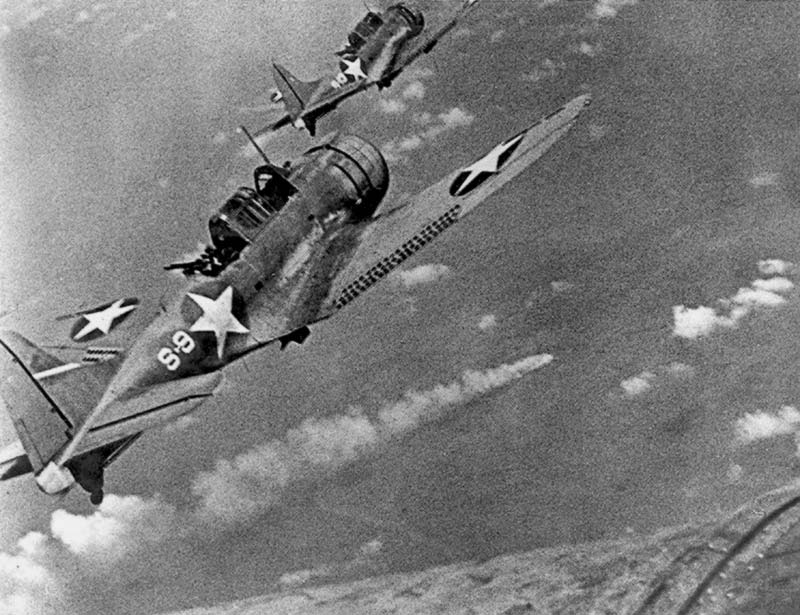WWII In Asia
One reason World War 2 actually spread to Asia was because the United States was opposed to the Japanese expansion in Southeast Asia and the Pacific, which led to the attack on Pearl Harbor which forced the Pacific Campaign. The Japanese expansion began in 1931 in East Asia and continued in 1937 when they brutally invaded China and on September 27, 1940, signed the Tripartite Pact, joining the Axis powers.
One key role of World War 2 in Asia was fighting in the Pacific, in an “Island Hopping” Campaign, otherwise known as the Pacific Campaign had many combatants including, America, Japan, Great Britain and the Soviet Union, among others.
Perhaps the most famous battle in this theater was also the turning point of the Pacific Campaign: The Battle of Midway.
 About six months after the attack on Pearl Harbor, the United States used crucial code-breaking techniques to figure out the Japanese Admiral Yamamoto was planning to attack Midway, an American controlled island. American codebreakers figured this out by catching radio waves saying that the Japanese would attack “AF”, codebreakers then suspected that “AF” was Midway, so they sent out a message saying that there was a water problem at Midway, then they intercepted another Japanese message saying that there were water problems at “AF”. Then they knew that AF=Midway. They also captured messages including all the details and formations for the battle, as early as May, even though the battle actually happened on June 4th, 1942 through June 7th, 1942. The purpose of the attempted Japanese invasion was that they were trying to destroy the American Navy’s aircraft carriers. The result was a Japanese loss of 4 carriers, a cruiser, 292 aircraft lost and 2,500 casualties. The Americans lost the Yorktown, the USS Hammann, 145 planes and 307 dead. These statistics are astounding, but was it really worth it? Was there an easier way?
About six months after the attack on Pearl Harbor, the United States used crucial code-breaking techniques to figure out the Japanese Admiral Yamamoto was planning to attack Midway, an American controlled island. American codebreakers figured this out by catching radio waves saying that the Japanese would attack “AF”, codebreakers then suspected that “AF” was Midway, so they sent out a message saying that there was a water problem at Midway, then they intercepted another Japanese message saying that there were water problems at “AF”. Then they knew that AF=Midway. They also captured messages including all the details and formations for the battle, as early as May, even though the battle actually happened on June 4th, 1942 through June 7th, 1942. The purpose of the attempted Japanese invasion was that they were trying to destroy the American Navy’s aircraft carriers. The result was a Japanese loss of 4 carriers, a cruiser, 292 aircraft lost and 2,500 casualties. The Americans lost the Yorktown, the USS Hammann, 145 planes and 307 dead. These statistics are astounding, but was it really worth it? Was there an easier way?